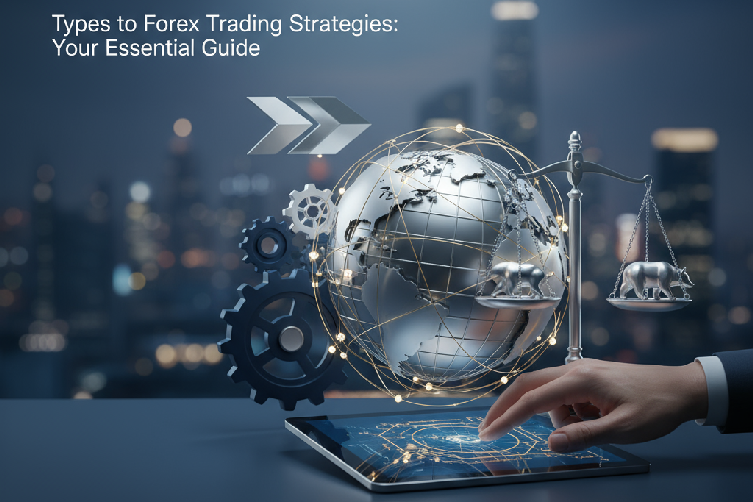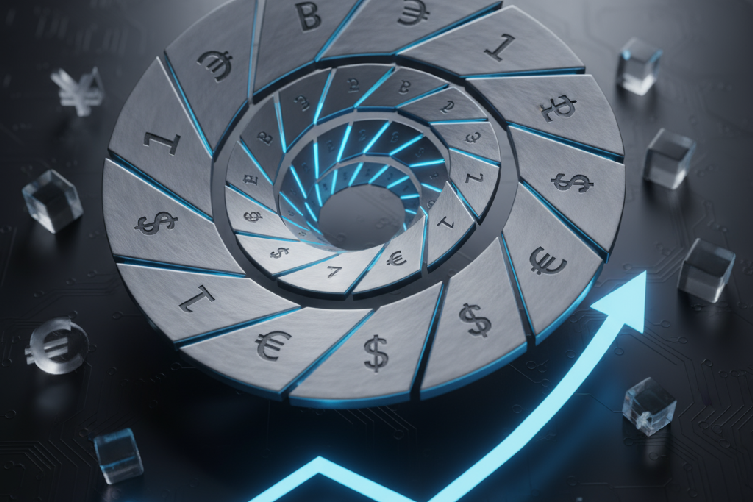A Guide to Forex Trading Account Types

Forex trading is all about buying and selling currencies on the global market, hoping to profit from changes in exchange rates. But before you can start, one of the most critical decisions you’ll make is choosing the right type of trading account.
Your account type is the foundation of your trading journey. It needs to align with your personal trading strategy, risk tolerance, investment size, and overall financial goals. Whether you’re a seasoned pro or just getting started, the right account can make a huge difference in your success. This guide will walk you through the various forex account types, offering practical tips to help you choose wisely. Remember, your first step is always partnering with a reliable broker.
Standard Forex Trading Accounts
Standard accounts are the most common choice, primarily designed for experienced traders who are comfortable with the market. These accounts typically use a standard lot size of 100,000 units of the base currency.
- Lot Size: 100,000 units
- Best For: Experienced traders
- Capital Needed: High
- High Profit Potential: Larger lot sizes can mean significant returns on winning trades.
- Comprehensive Tools: You’ll get access to advanced charting software and powerful trading platforms.
- Professional Environment: Built for traders with substantial capital and experience.
- Higher Risk: Just as you can win big, large positions can lead to major losses if the market turns against you.
- High Capital Requirement: The initial investment required makes it unsuitable for beginners.
- Lot Size: 10,000 units
- Best For: Intermediate traders
- Capital Needed: Moderate
- Lower Risk: With smaller lot sizes, your potential losses are reduced.
- Great for Intermediate Traders: Perfect for those moving from a beginner to an advanced level.
- Investment Flexibility: You can diversify your trading by opening multiple smaller positions.
- Smaller Profit Potential: Profits are proportionally smaller compared to standard accounts.
- Limited Scalability: May not be the best choice for high-frequency trading strategies.
- Lot Size: 1,000 units
- Best For: Beginner traders
- Capital Needed: Low
- Minimal Capital: The low entry barrier makes forex accessible to almost anyone.
- Low-Risk Learning: Smaller positions mean you can learn the ropes without the fear of significant losses.
- Practice Opportunity: It’s a great way to test different strategies with real money but minimal risk.
- Limited Profit Potential: Even successful trades will only yield modest profits.
- Potentially Higher Costs: Brokers might charge higher spreads or fees to make up for the small trade sizes.
- Lot Size: 100 units
- Best For: Novice traders and strategy testers
- Capital Needed: Ultra-low
- Extremely Low Capital: Ideal for anyone with very limited funds.
- Highly Accessible: The low financial barrier makes it easy for anyone to start trading.
- Perfect for Testing: You can experiment with new techniques without any major financial exposure.
- Minimal Profit Potential: Due to the tiny lot sizes, profits per trade are very small.
- Fewer Broker Options: Not all brokers offer cent accounts, and those that do may have less regulatory oversight.
- Higher Relative Costs: The spreads and fees can be less favorable, impacting overall profitability.
Pros:
Cons:
Pro Tip: Only use a standard account if you have a proven trading strategy and enough capital to absorb potential losses. Always use strict risk management to protect your investment.
Mini Forex Trading Accounts
A mini account is a great middle-ground option. It offers a smaller lot size of 10,000 units, creating a balance between the high-stakes standard account and a beginner-focused micro account.

Pros:
Cons:
Pro Tip: A mini account is an excellent stepping stone. Use it to sharpen your skills and grow your confidence without the high capital commitment of a standard account, allowing you to scale up gradually.
Micro Forex Trading Accounts
If you’re new to the world of forex, a micro account is the perfect place to start. These accounts use micro-lots of just 1,000 units, making them incredibly accessible.
Pros:
Cons:
Pro Tip: Use a micro account to build confidence and refine your approach, especially when developing your XAUUSD trading strategy. It’s the best way to practice before moving up to larger account types.
Cent Forex Trading Accounts
Cent accounts take accessibility a step further, allowing you to trade with as little as 100 units. These accounts are fantastic for complete novices or traders who want to test new automated strategies with almost zero risk.
Pros:
Cons:
Choosing the right account is a personal decision that shapes your trading experience. By understanding these options, you can select the one that best fits your current skill level and future ambitions in the forex market.

















